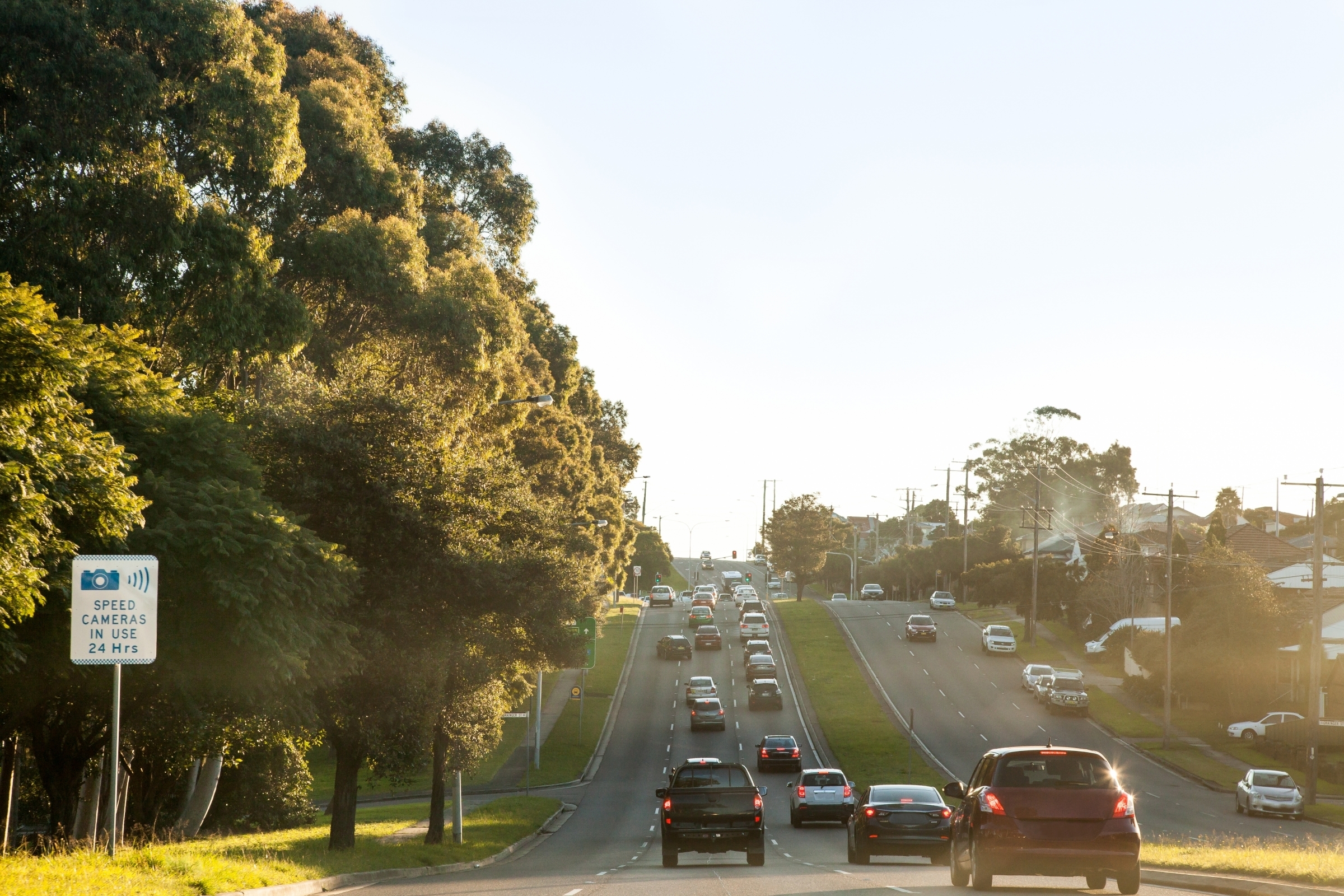The Vehicle Emissions Star Rating (VESR) will help you choose vehicles that produce lower emissions. The car model you choose can significantly affect your own contribution to the emissions that cause climate change.
Motor vehicles produce several kinds of emissions. Some impact the climate and some are harmful to human health. VESR and other government initiatives often centre on reducing the emissions that cause climate change but taking action to reduce these emissions will also see benefits to our health and the environment.
Greenhouse gases
Transport emissions are currently the third largest source of greenhouse gas emissions in Australia and are expected to become the largest by the 2030s. Light vehicles – which include cars, SUVs, utes and vans – are responsible for around 13% of national greenhouse gas emissions. So, reducing these emissions from petrol or diesel fuelled vehicles is crucial to meeting our net zero targets.
The amount of greenhouse gas emissions created by different vehicles varies depending on their size, fuel or energy type, and their efficiency.
Carbon dioxide (CO2) is the most common greenhouse gas contributing to climate change and is the focus of VESR.
More information on this can be found at Fuel costs and running costs.
Noxious exhaust emissions
While VESR’s focus is on CO2, driving also produces other tailpipe emissions called noxious emissions. Pollutants such as nitrogen oxides, carbon monoxide, and particulate matter are all harmful to both the environment and human health.
Because of their impact on health, these noxious emissions have been regulated on new vehicles in Australia for several decades. Following international standards, the regulations set maximum limits for the amount of pollutants that a vehicle can emit. This regulatory process is managed by the Commonwealth under Australian Design Rule 79.
Non-exhaust emissions
Beyond tailpipe emissions, all vehicles produce other pollutants that may have harmful effects. Non-exhaust emissions can include microscopic particles created by wear on tyres, brakes, and the road surface.
While these emissions may also be harmful, they have not been included in VESR as they are not produced by burning fuel and are produced by all vehicle types.
Lifecycle emissions
Lifecycle emissions refer to greenhouse gases produced throughout a car’s entire lifespan, not just during its use. These include the car’s manufacturing, refining of its fuel and transporting this fuel to the petrol station.
Studies have shown EVs have lower lifecycle emissions than vehicles with an internal combustion engine (ICE vehicles), even when recharging exclusively from grid electricity.
Lifecyle emissions are a useful and important way to think about the impact of the car you buy and the energy that you use. However, there isn’t a lot of public data readily available for consumers to compare products, and emissions from the different life stages of each vehicle model and the fuel it uses.
More information can be found at Lifecycle emissions.
Reducing vehicle emissions
Reducing vehicle emissions is important for our environment and health. Here are some things you can do to help.
Take public or active transport
Choosing public and active transport for some of your trips can also reduce vehicle-related emissions. Consider cycling or walking, which can also have a positive benefit to your health.
Choose a battery electric vehicle (BEV)
When buying a new car, choose a BEV to eliminate tailpipe emissions altogether. There will still be some lifecycle emissions, including during its manufacture and if the vehicle is charged using electricity from the grid.
Reduce emissions while driving
When driving, regularly check tyre inflation pressures, remove roof racks when not in use, and keep your car well maintained. You can also plan your journeys and practice "eco-driving" behaviour, such as accelerating and braking more gently.
Offset emissions
You can also purchase "offsets" to counteract your driving-related emissions. New South Wales offers a Vehicle Emissions Offset Scheme (VEOS). Similar products are available from other private suppliers.
More information can be found at Emissions offsets.
Compare vehicle emissions ratings to reduce your footprint
Explore and compare thousands of vehicle emissions ratings of all engine and body types available in the Australian market


